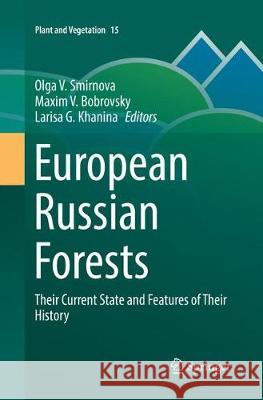European Russian Forests: Their Current State and Features of Their History » książka
topmenu
European Russian Forests: Their Current State and Features of Their History
ISBN-13: 9789402416350 / Angielski / Miękka / 2018 / 564 str.
Kategorie:
Kategorie BISAC:
Wydawca:
Springer
Seria wydawnicza:
Język:
Angielski
ISBN-13:
9789402416350
Rok wydania:
2018
Dostępne języki:
Numer serii:
000338235
Ilość stron:
564
Oprawa:
Miękka











